
The rise of pet vacuums has come at no surprise, as around two-thirds of US households have pets. However, when considering pet vacuums vs. regular vacuums, it can be hard to know if a specialized one is worth it.
As I've spent more than 200 hours testing and reviewing dozens of vacuums, I can tell you that the best vacuums for pet hair perform well, but it's often regular vacuums with strong features that take the top spot.
Here, I dive into what exactly a 'pet vacuum' is, the differences between these and regular vacuums, and whether they're worth the spend.
Pet vacuums vs. regular vacuums
What's the difference between pet vacuums and regular vacuums?

When we think about 'pet' vacuums, you might imagine special vacuum attachments for pet hair, anti-allergen filters, powerful suction and bristled brushrolls to dig stubborn fur out of carpet. These are the essentials for pet owners.
Each brand produces their own unique product lines, so 'pet vacuum' can mean different things, even if they all share these features. Understanding the differences between these will help when it comes to knowing what's worth your money. Here are the three typical types you can expect to see:
- Some pet vacuums are an upgrade from their 'regular' counterparts, with additional attachments.
- Some pet vacuums are designed exclusively as a pet vacuum, without any alternative non-pet model.
- Some pet vacuums aren't labeled as such, but have all the features of a pet vacuum.
When you see a vacuum with a pet upgrade, like the Shark POWERDETECT TruePet or the Miele Blizzard CX1 Cat & Dog that we've tested and loved, this is the brands' way of allowing people to save money if they don't need specialized attachments. And if you do, there's the option of having extra cleaning power to remove fur from your home.
Vacuums that are exclusively designed as pet vacuums are, largely, marketing tactics. They mostly include the same features and attachments you could get with any vacuum, but are named this way to appeal to consumers looking for an answer to their never-ending pet hair problem. An example would be the Shark Pet Cordless Stick at Amazon which, on test, we found to only work well on hard floors.
Then, vacuums like the Dyson V12 Detect Slim and the Dyson V15 Detect aren't called 'pet' vacuums, but are more-than-capable at removing pet hair from any surface. In fact, they're two of the best performers we've ever tested on pet hair. I've used both of them for months, removing hair from the thickest of carpets and never once having hair wrap around the brushroll.
Regardless of what the brand means by 'pet vacuum,' you need to look out for the right features. Pet dander and the dust mites that attach to their fur are some of the strongest and most common household allergens. This is why a HEPA filter is a must, as it's capable of trapping at least 99.97% of particles as small as 0.3 microns. Without a HEPA filter, pet dander (and dust and pollen) will be re-released back into your home, but this time it will be airborne and easier to inhale. Then, you'll need one of the best air purifiers to avoid symptoms.
Powerful suction and a bristled brushroll are both as important as each other at vacuuming pet hair properly. Animal fur is sticky as its natural oils and the static charge created between fur and carpets make pet hair hard to vacuum. So, you need the brushroll to be able to pull the hair from the carpet's fibers, then the suction to carry it away whether you go for a pet vacuum vs. regular vacuum.
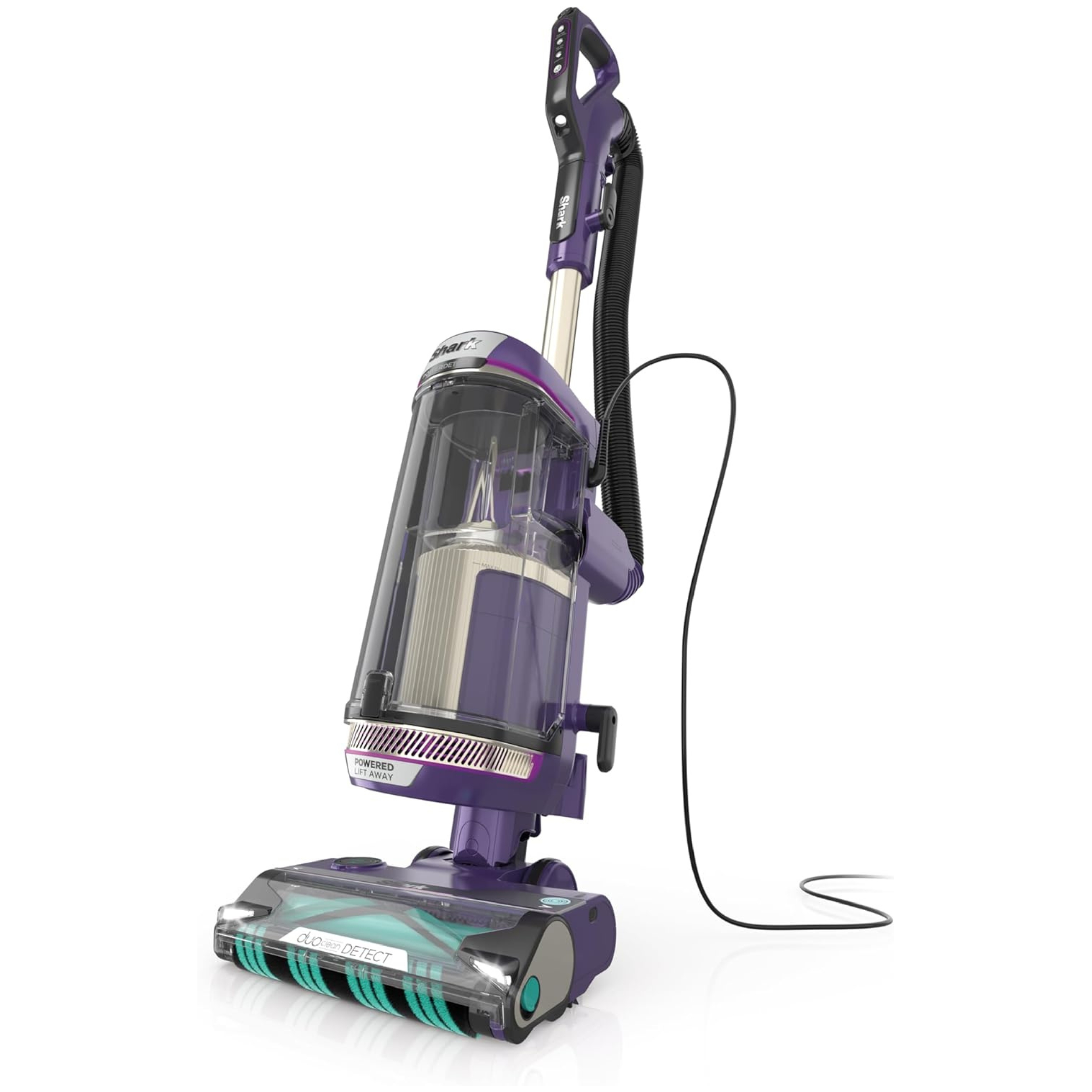
This is the best upright vacuum we've tested at Homes & Gardens, and if you opt for the TruePet Upgrade you get a self-cleaning HairPro Pet Power Brush that's amazing for pulling fur from upholstery and pet beds, as well as extra dusting brushes, odor cartridges, and even a free steam mop.
Read more at our full Shark POWERDETECT review.
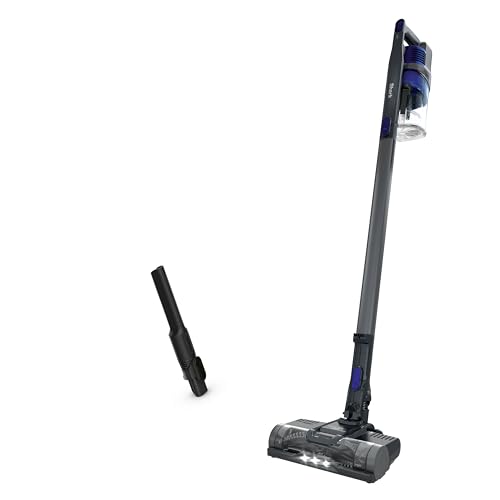
The Shark Pet Cordless Stick isn't anything mind blowing, but if your home doesn't have any carpet, you can enjoy a rare, sub-$200 vacuum for hardwood floors that can clean up after your pets.
Read more at our full Shark Pet Cordless Stick review.

This cordless vacuum, along with the Dyson V15 Detect and the Dyson Gen5detect, are the absolute best performers on pet hair that we've ever tested. They're not labelled as pet vacuums at all, but have no issues pulling fur from carpets, hard floors and upholstery, and never getting tangled in the floorhead.
Read more at our full Dyson V12 Detect Slim review.
Should I get a pet vacuum or regular vacuum?
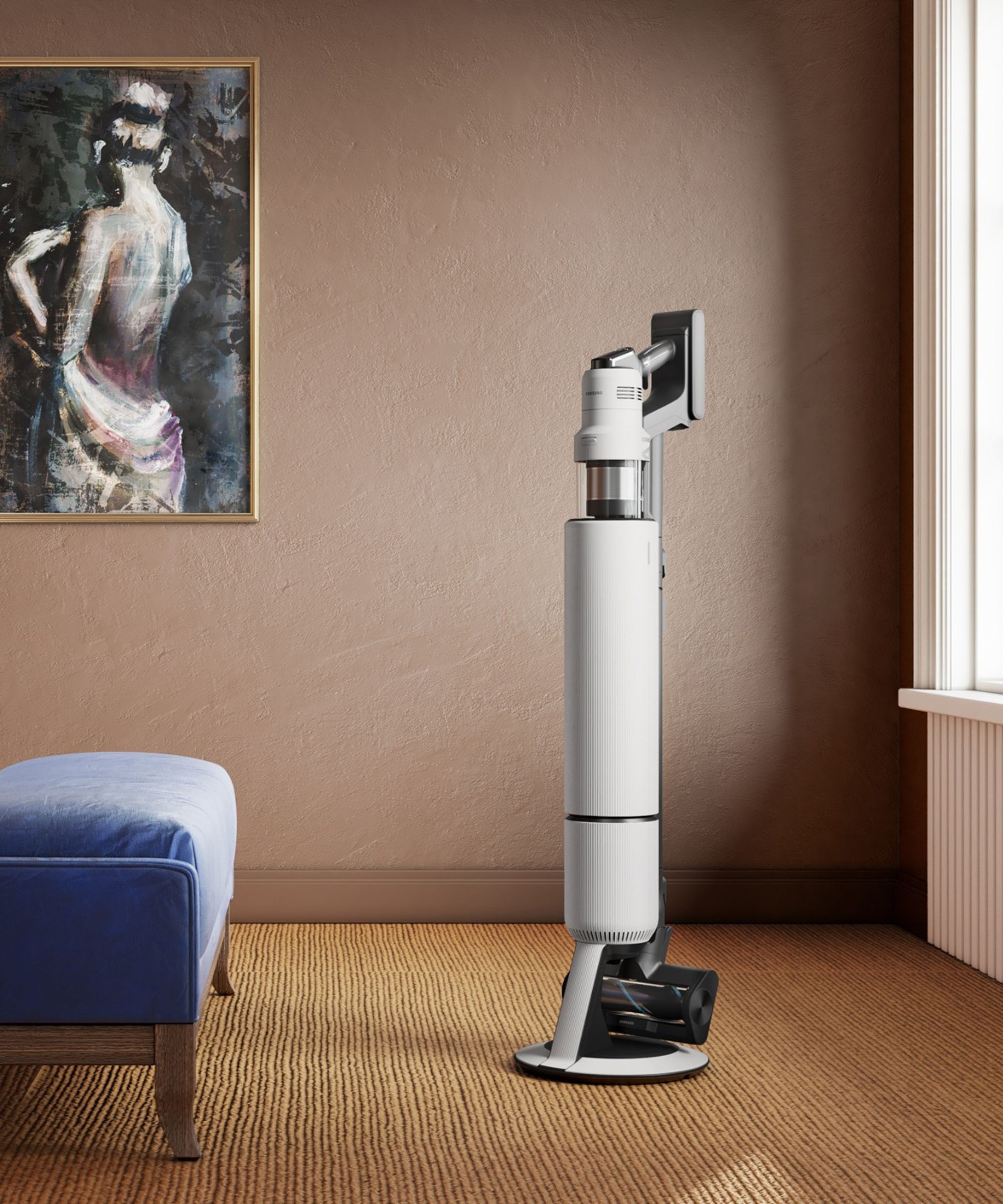
In my view, the benefits of a pet vacuum are important for non-pet owners too, as anybody with hair or allergies will face similar challenges when vacuuming without any contributions from a furry friend.
This is why we're big fans of the best Dyson vacuums that I mentioned above. Dyson have recognized that a motorized brushroll, strong suction and HEPA filter should be included in your essential criteria for whatever vacuum you're buying, even if you don't have any pets.
But it's a different story if you're looking at a model that has a special pet upgrade. You could probably save a little money by not opting for the extra attachments if you'll rarely be vacuuming hair from furniture.
Pet hair essentials
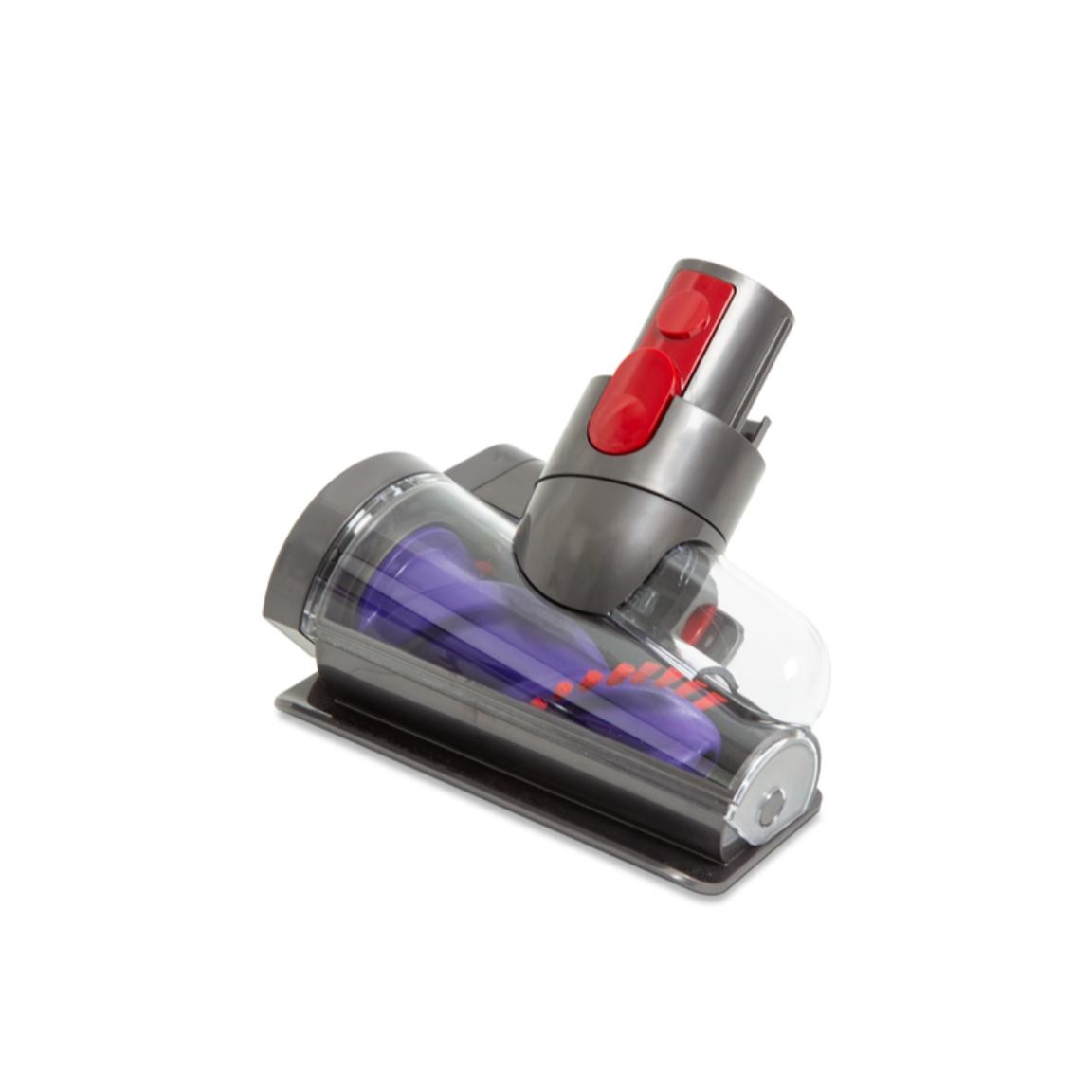
This is my personal favorite pet hair attachment for vacuums. We used it once to revive an old dog bed to its original color, and it's compatible with most cordless Dyson vacuums.
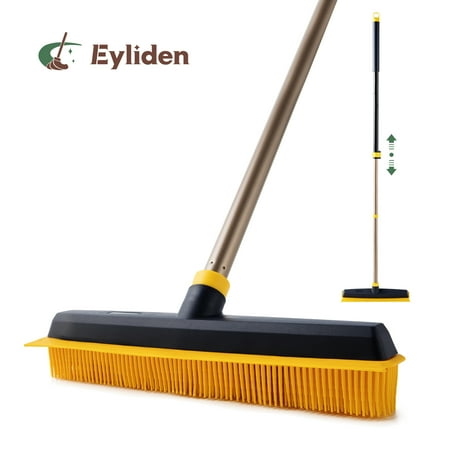
This carpet rake should make light work of pulling stubborn fur out of even the thickest of carpets, even without a specialized vacuum.
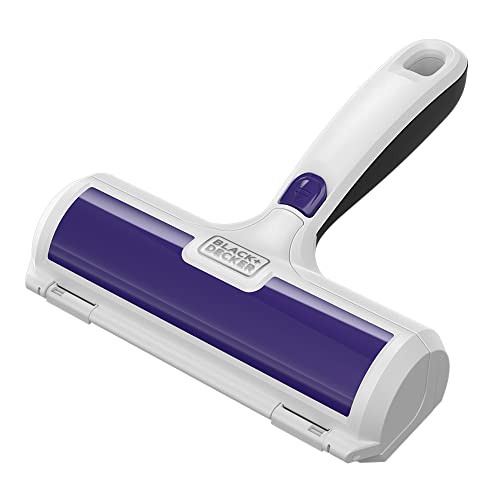
Unlike traditional lint rollers, this Black+Decker roller is reusable, removing pet hair from clothes and furniture without having to replace it.
Make sure you know how to choose the right vacuum cleaner for your home and lifestyle.







